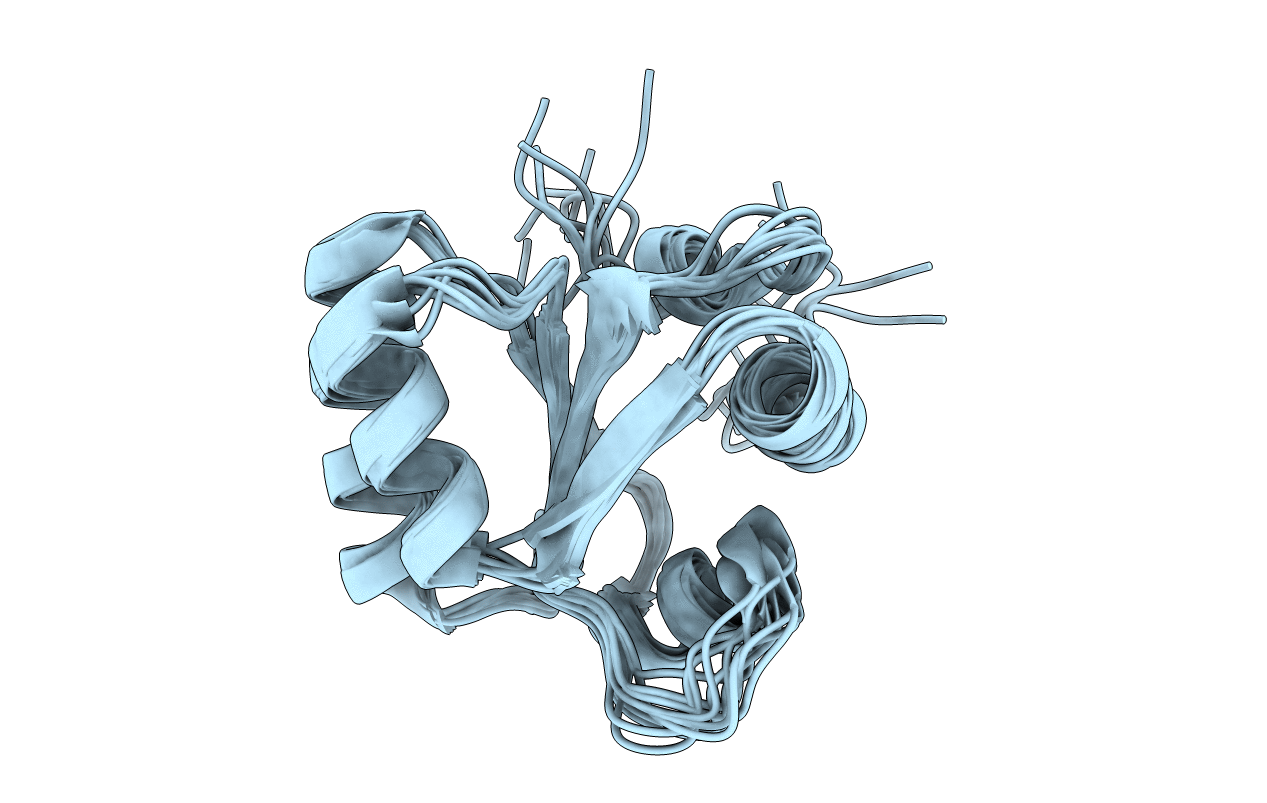
Deposition Date
2001-10-15
Release Date
2003-06-12
Last Version Date
2024-05-15
Entry Detail
PDB ID:
1GO0
Keywords:
Title:
NMR Structure of Ribosomal Protein L30e from Thermococcus celer
Biological Source:
Source Organism:
THERMOCOCCUS CELER (Taxon ID: 2264)
Host Organism:
Method Details:
Experimental Method:
Conformers Calculated:
400
Conformers Submitted:
10
Selection Criteria:
structures with the lowest energy


